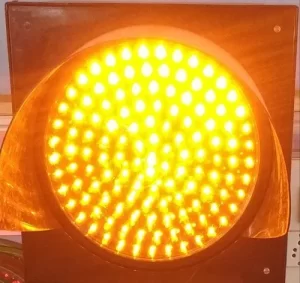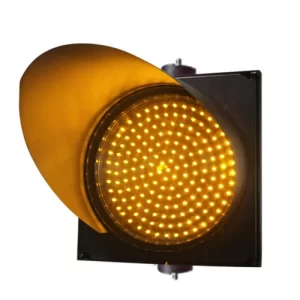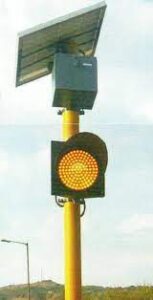Traffic flashers are an important part of safe and visible roadways, particularly when you add hazardous conditions into the mix as well. A guide on how to correctly install and maintain traffic flashers — Preventative Safety Measures Part 1 This article covers the important steps needed while installing this type of lighting system.
The Significance Of Correct Installation
The post: Without proper installation, traffic flashers are not as efficient and can last a shorter period. Choose ideal installation locations, taking into account visibility, distance to the roadside and compliance with applicable rules. Once the locations are noted, clear space to install flashers by removing debris from mounts and ensuring places for installing is level.
Installation Guide Step-by-Step
Installation usually means mounting the flashers onto poles or structures with relevant hardware. Flashers are height and angle adjustable to maximize visibility of approaching vehicles Wire the flashers to an electricity system or solar panels and test them before fastened.
1) Scheduled Maintenance Actions
The best way to avoid the traffic blinker malfunctions is by maintaining it properly. Create a maintenance plan that incorporates frequency of checking, cleaning and testing the flasher components. Take a look at the flasher housing, lenses and electrical connections to see if there is any visible damage or signs of wear; replace parts in poor condition immediately.
Weatherproofing Measures
You need to invest in weatherproofing materials for better protection of traffic flashers that can stand up against any type of environmental conditions and work anytime. To avoid water penetration, replace flasher housing and electrical connections after applying weatherproof sealants or coatings. Also think about the placement of protective covers or cages that help shelter those flashers from rain, snow and other debris.
 Training and Certification
Training and Certification
After all, installing and maintaining traffic flashers is not something anyone can do. Require an appropriate education and certification program for the installers/maintainers of flashers. Such training shall include — but not be limited to — safety procedures, equipment operation and troubleshooting techniques; industry standards and codes of practice.
Collaboration with Experts
There are times when it pays to work with traffic engineering professionals or AECOM-certified contractors for both installation and upkeep of your traffic flashers. These people have the skills and resources to ensure that flashers are correctly installed, maintained properly in compliance with industry best practices.
Continuous monitoring and evaluation
As soon as the installation of traffic flashers is carried out, periodic monitoring of their functionality and detailed assessment of efficiency with respect to improving road safety are possible. Obtain feedback from road users and stakeholders following installation of the flashers, then make modifications to settings and placement as necessary. Also keep updated on new technologies in flasher technology and consider upgrading to newer, better operating systems when applicable.
Conclusion
Traffic flashers serve as vital tools for improving road safety and visibility, especially in dangerous situations if they are installed properly and then practices timely maintenance. Transport departments and road maintenance teams looking to keep traffic flashers in top shape and make the roads safer for all users can follow this guide based on successful industry practices

